These simple, rustic sounds not only captivate listeners but also serve as a way for the Bahnar people to preserve and pass on their love for the mountains, forests, and ancestral culture.
The sound of love and life
Early in the morning in T2 village (Kim Son commune), mist blankets the mountain slopes, the calls of wild roosters echoing through the valley, blending with the vibrant sounds of the awakening mountains and forests. From the stilt house of artisan Dinh Van Rat (63 years old), the melodious sounds of stringed instruments, gongs, and songs resound, inviting visitors from afar.
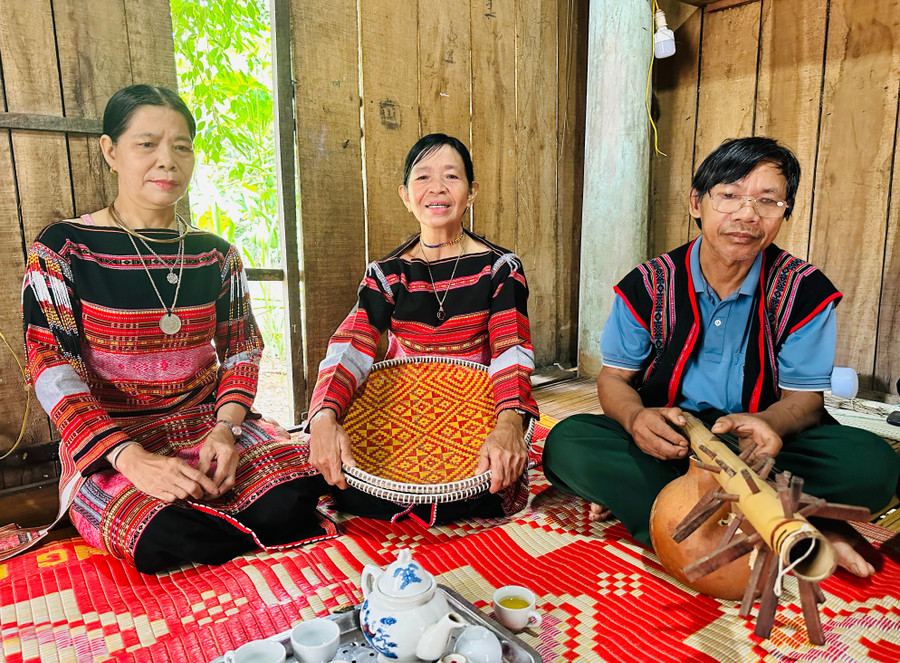
Many artisans and people from neighboring villages gathered early. Some played the bầu lute, two-stringed lute, flute, long-necked drum, and gong; others tapped out rhythms and sang along to familiar tunes.
The female musicians sat interspersed, listening and gently tapping their instruments, then together they sang songs like: "Going to the Fields"; "Love in Response"; "Soldiers on the March"; "The Sound of Gongs in the Dry Season"; "Gratitude to the Party, the State, and Uncle Ho"... The sounds of the instruments and the singing blended together, creating a vibrant musical space that recounted the old stories of the forest, the village, and the bountiful harvest seasons.
After finishing a song and taking a sip of hot tea, artisan Dinh Thi Ngành (65 years old, T2 village) recounted, "I learned these songs when I was a child, passed down from the grandmothers and mothers in the village, there were no books or anything like that."
Since then, every time I go to the fields with my mother or during my free time, sitting by the loom, I hum and sing along, becoming absorbed in each lyric and melody without even realizing it.
“Music is like the breath of our village. Each song not only tells stories of labor, emotions, and remembrance of Uncle Ho, but it also teaches me to cherish the mountains and forests, and to appreciate the traditions that our ancestors painstakingly left behind. Therefore, as long as there are songs and music, the soul of the village, the soul of the Bana people, will be preserved and promoted,” Mrs. Ngành confided.
In another corner, artisan Dinh Van Rat and a few others are tuning the strings of a Bahnar zither. Mr. Rat explains that the Bahnar zither comes in two versions: 6-string and 12-string, made from electrical wire cores, bicycle brake cables, or guitar strings; the body is made from bamboo, with one or two hollowed-out dried gourds attached, creating a clear, resonant sound. The craftsman must understand the history and meaning of the instrument, possess a keen sense of pitch, and have a deep love for traditional music.
Elder Dinh Sinh (84 years old, T2 village) shared: “Playing the k'ni (also known as the “love instrument” or “Goong instrument”) is very difficult. When playing the strings, you have to hold the strings in your mouth while keeping it open so that the sound resonates throughout the house, and then adjust the notes. Although society has many modern musical instruments, we still preserve traditional instruments in festivals and family rituals.”
Preserving musical heritage
Artisans and villagers in Kim Son commune have expressed concern and noted that the younger generation is gradually moving away from traditional cultural values, including Bahnar music.
The melodious sounds, the rhythms of gongs and drums, the zither, the t'rưng, the k'ni… if not preserved, will only remain in the memories of village elders and enthusiasts. Losing music also means losing a treasure trove of knowledge, skills, and the cultural identity of the community.
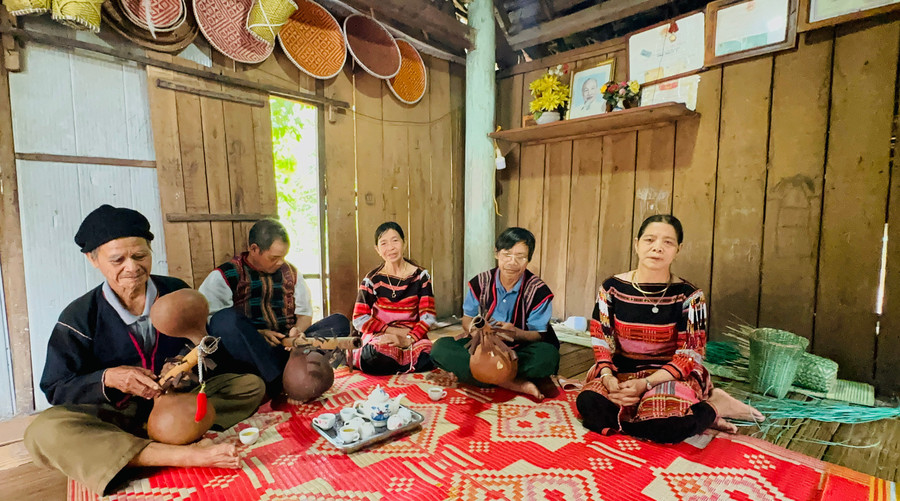
Recognizing the importance of preservation, artisans like Mr. Dinh Van Rat and Ms. Dinh Thi Ngành, along with local people, actively teach young people in the villages about traditional dances, folk songs, history, and the significance of traditional musical instruments.
They teach how to play the instruments skillfully, bringing cultural values into daily life and festivals, hoping that the ancient melodies will continue to resonate in the mountains and forests.
Mr. Dinh Diu (33 years old, T1 village) said: “Since childhood, I have been guided by village elders and artisans in playing the preng, pră, and gongs. Each time I play, I understand more about the rhythm of life, stories, and customs of my people, and at the same time inspire young people to cherish and preserve traditional values.”
Meanwhile, Dinh Van Nghiem (30 years old, T6 village) said: “When learning each melody and each gong rhythm, I realized that Bahnar music is not just music, but also contains history, customs, and knowledge passed down through generations. Learning to play the instruments and singing folk songs helps me connect deeply with the mountains and forests and my ancestors, preserving memories, customs, and national pride.”
It can be said that preserving and teaching traditional music is a way to safeguard the unique identity of the Bahnar people, fostering love for their homeland and national pride.
Without preservation, the old melodies, playing skills, and spiritual values will gradually fade away. Preserving traditional music is a shared responsibility, requiring the concerted efforts of artisans and the community.
Mr. Le Quang Thang, Head of the Culture and Social Affairs Department of Kim Son commune, believes that Bahnar folk music is an important part of the spiritual life and a valuable asset of Vietnam's cultural heritage.
Recently, the Department registered with the Department of Culture, Sports and Tourism to establish a mechanism for preserving traditional craft villages and supporting artisans who know how to play traditional musical instruments in the area. At the same time, they advised the commune on a plan to expand classes teaching traditional musical instruments and folk songs, and to encourage young people to participate in folk cultural activities.
“We want traditional music to be present in daily life, in festivals and community activities. As the younger generation experiences and appreciates it, the ancient melodies will continue to resonate, extending the journey of preserving the Bahnar cultural identity,” Mr. Thang emphasized.
Source: https://baogialai.com.vn/giu-mai-nhung-thanh-am-with-nui-rung-post570250.html



![[Photo] Two flights successfully landed and took off at Long Thanh Airport.](/_next/image?url=https%3A%2F%2Fvphoto.vietnam.vn%2Fthumb%2F1200x675%2Fvietnam%2Fresource%2FIMAGE%2F2025%2F12%2F15%2F1765808718882_ndo_br_img-8897-resize-5807-jpg.webp&w=3840&q=75)






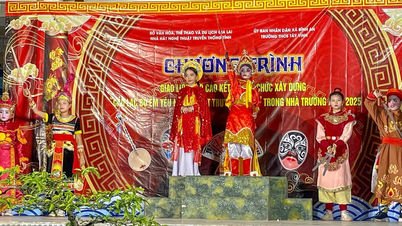
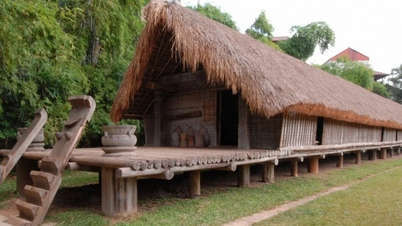















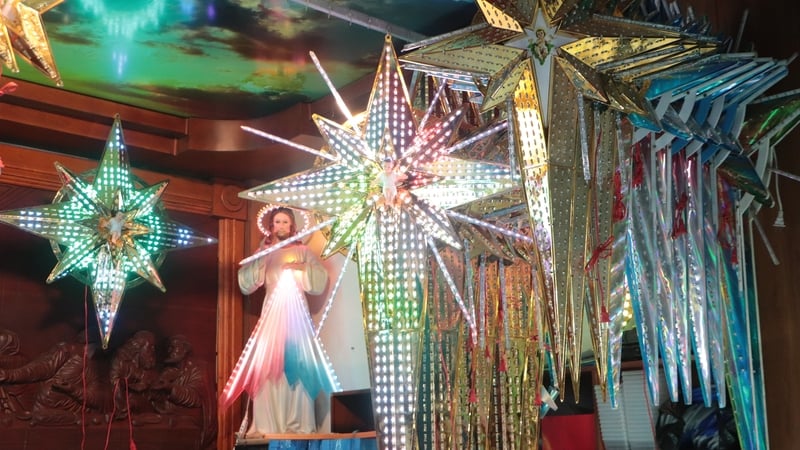









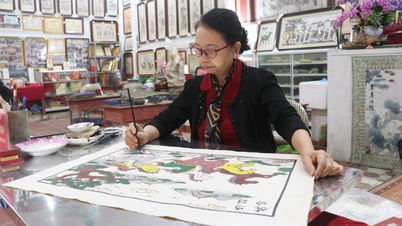





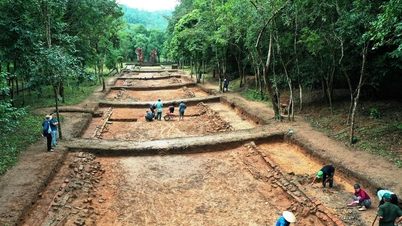











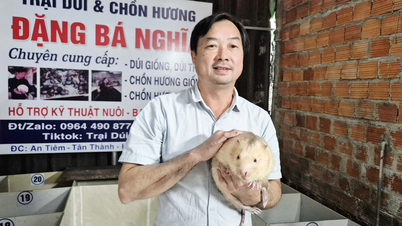

































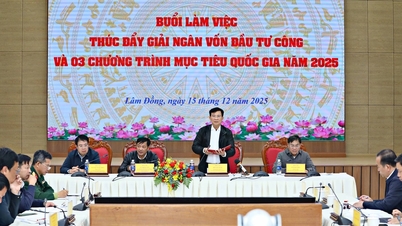


















Comment (0)